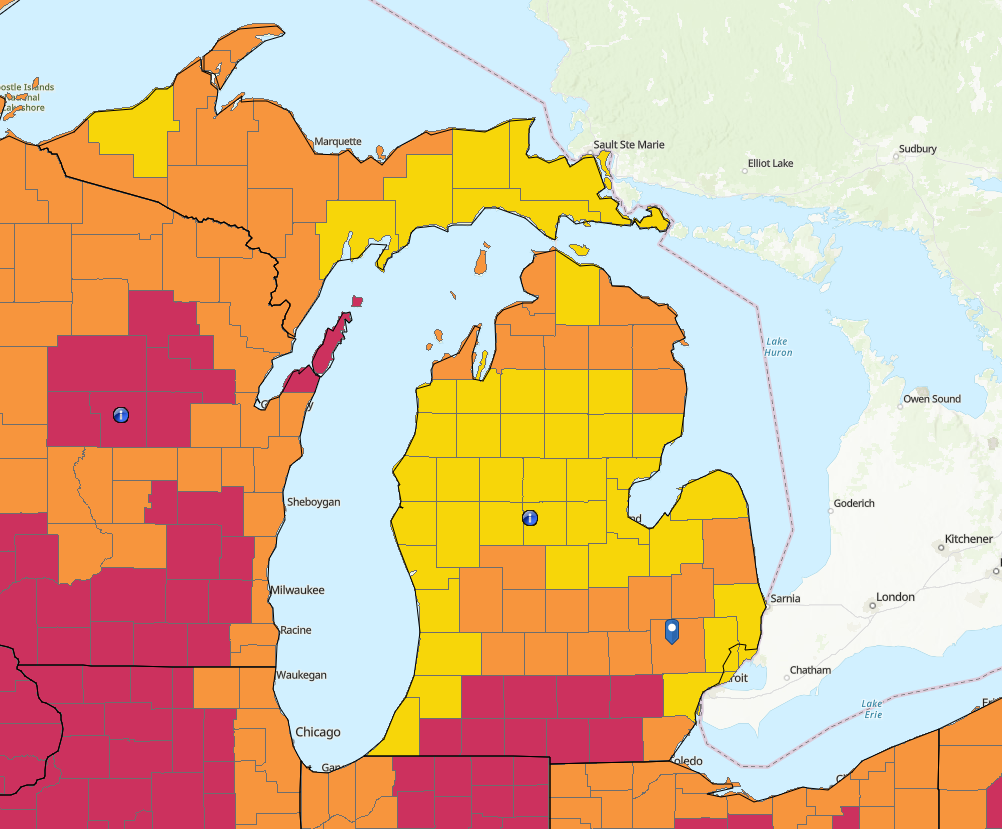FAQs
David Scott Head of Mitigation
ACAC American Council of Accredited Certification member
NRSB and AARST-NRPP certified
What is Radon?
Radon is a radioactive gas that results from a natural decay of uranium in soil, rock, and water. Radon decays into radioactive particles that can get trapped in your lungs when you breathe and ultimately cause damage to lung tissue cells, resulting in mutation or cell death. Radon Decay Products include Polonium, Lead, and Bismuth.
What causes Radon in your home?
Radon exists on any parcel of land and can emanate into indoor air through cracks in foundation or well water. The radon then becomes trapped and accumulates.
How to test for radon
There are many ways to test, including self-deployed tests and Radon Measurement Professional managed, which is required in a real estate transaction. Self-deployed tests are available online and at local hardware stores.
Why testing is important
Testing is the only way to know if your home has radon. The The US Environmental Protection Agency (EPA) and the Surgeon General recommend testing all homes below the third floor for radon. If you are planning to sell the home at some point, radon mitigation systems can be required to finalize the sale if radon levels are elevated.
Where is Radon most common?
The EPA created a comprehensive radon map that shows radon concentrations across the US. Bedrock geology, glacial geology and climate impact the level of radon in a given region. Homes in cooler climate regions can be more susceptible to radon inhalation when windows are sealed and outside airflow is limited. Radon is most concentrated in the lowest levels of a building but can be circulated throughout the home via HVAC systems, air pressure differentials, and thermal differentials.
What if my home has Radon?
Contact a certified-professional to install a radon mitigation system. The radon mitigation system is built to divert radon gas before infiltrating an enclosed space (where radon gas becomes indoor air pollution). The system is piped through the sump pump then sealed with a sump cover so that depressurization can occur. The system fan vacuums gas from the sump pump and exhausts into open air.
What are the symptoms of Radon?
Possible symptoms include shortness of breath (difficulty breathing), a new or worsening cough, pain or tightness in the chest, hoarseness, asthma, or trouble swallowing.
Why you should ask about radon when buying a home?
It’s usually the home seller’s responsibility to ensure that their home is not at risk for radon, which is why you should ask the seller to confirm that the home is not at risk for radon before closing the deal. If the seller is unaware, kindly request that they test for radon gas (home test kits acceptable) and commission a certified-radon-professional to install a radon mitigation system.
How quickly can Radon affect you?
On average, it takes 5 to 25 years of Radon exposure to develop into cancer.
How does a mitigation system work?
The EPA recommends mitigating a home when radon concentration exceed 4.0 pCi/L. A radon mitigation system removes radon gas before it can become breathable. Specialty vacuum and piping systems are installed into the home’s sump pump beneath the foundation to remove gas and continuously re-route to open air.
Need a quote?
Submit your information and we’ll send you a quote



